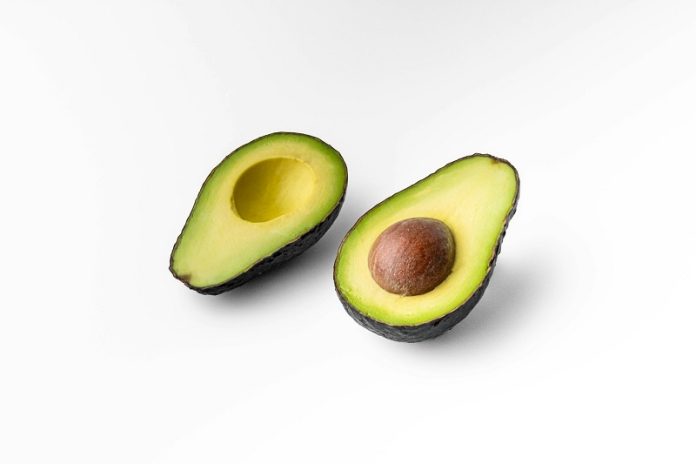
Your beloved smashed avocado might owe more to native bushland than you think.
A new study from Curtin University has found that preserving patches of natural vegetation next to avocado farms plays a crucial role in supporting the insects that pollinate crops—and that could help protect the future of global food supplies.
The research, published in Environmental and Sustainability Indicators, looked at insect communities in avocado orchards in Western Australia. Scientists compared farms bordered by native vegetation with those next to grassy pastures.
They found that the insects in orchards next to native plants fed on more than twice as many different plant species, especially during times when avocado trees weren’t flowering.
That’s important because insects need a variety of food sources to survive and thrive.
When they have access to more plant species, they’re healthier and better at pollinating crops like avocados. Pollination is a key part of food production, and insects are responsible for pollinating around 75% of all crops worldwide.
With the global population expected to hit 10 billion by 2050, we’ll need to grow a lot more food—between 25% and 75% more—and insect health will be a big part of making that possible.
Dr. Joshua Kestel, who led the study during his Ph.D. at Curtin, said the team used a new technique to track what plants the insects were visiting.
Using environmental DNA, or eDNA, they could identify tiny traces of pollen left behind on the insects, even from a single grain. This gave them a detailed picture of the plant life that the insects were interacting with.
The results showed that natural bushland next to farms helps keep insect communities diverse and resilient. That’s good for avocados—and many other crops too.
Associate Professor Paul Nevill, a co-author on the study, explained that despite Australia having an estimated 320,000 insect species, only about a third have been formally identified. And we know even less about what kinds of plants they rely on. The cutting-edge eDNA method used in this study helps fill in those gaps.
The researchers collected over 2,000 insects and identified more than 250 plant species from their pollen, including both crops and native Australian plants. They recommend that farms protect remaining native vegetation, replant uncultivated areas, and monitor biodiversity regularly to support healthy farming ecosystems.
In short, if we want to keep enjoying our smashed avo on toast, we may need to start protecting the native bush that supports the tiny workers making it possible.
Source: Curtin University.



